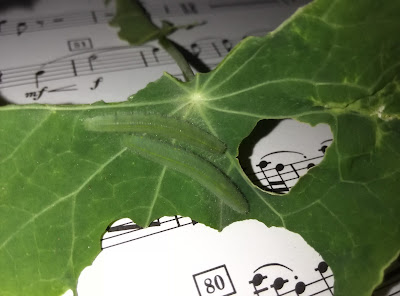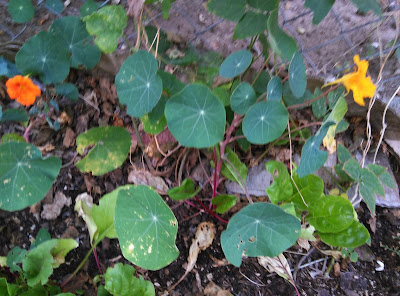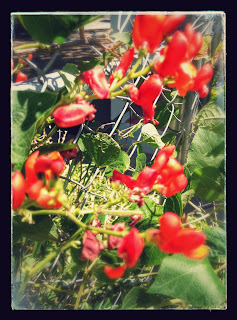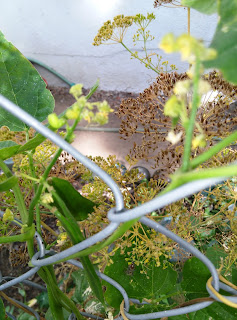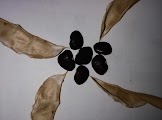Older and wiser, I sorted my seeds this spring and found many from 2010's shopping spree. All these, along with any purchased before 2014, have gone to the landfill to sprout or rot as conditions allow. I envision a tangle of SRB infesting someone's moldy sneaker.
Last fall, as you may be aware, I had an epiphany on the value of companion planting, and this, followed by my attempts to grow chayote squash and my success with Peruvian red lima beans (I try to remember to pronounce it LEE-mah, but cannot overcome my central Ohio heritagein the general area of LYE-muh). Thus when I transplanted three struggling chayote plants to where they could climb a south-facing wooden fence, I purposely created a pre-Columbian environment for them by giving each one a companion Peruvian lima bean. Additional pole beans and cukes have joined the party, which may also accommodate a few stalks of corn when all is said and done.
Where the chayotes had originally been planted along a north-facing fence, I have gone almost whole hog with the three sisters concept: corn, bush beans, miniature pumpkins, and yellow crookneck squash. I say "almost whole hog" because half of the bush beans are edamame, native to Japan. According to Wikipedia, "The earliest documented reference to the term edamame dates from the year 1275, when the Japanese monk Nichiren wrote a note thanking a parishioner for the gift of edamame he had left at the temple." Pre-Columbian, indeed! Could it be that beans, carried along by the south-bound immigrants who grew them and passed them along to the Conquistadors, were brought to the Western Hemisphere via the prehistoric land bridge from Asia? But, if so, why didn't they take the edamames?

"History ain't what it used to be.*" When most of us were in school, American history started with Columbus, east was east and west was west, and we knew where our beans came from.
- - - - -
*I'd like to attribute these words to someone, but the best I can do is refer you to Another History Blog. If you think Yogi Berra said it, you're close. His words were similar in style but different in content: "The future ain't what it used to be."

